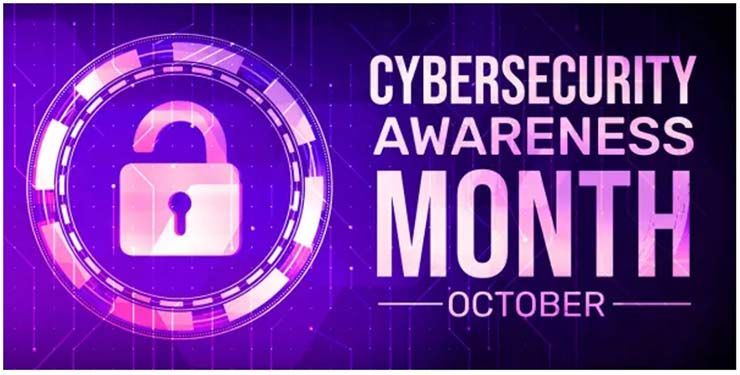What Is True Business Continuity?
A Core Component of Your Company’s Success
Business continuity is not a luxury—it is an integral part of your company's DNA. Many businesses mistakenly treat Business Continuity and Disaster Recovery (BCDR) as an insurance policy: necessary but unlikely to be needed. In reality, true business continuity goes beyond merely surviving disasters; it’s about embedding resilience into your operations so deeply that disruptions become manageable hurdles, not insurmountable obstacles.
When a business faces a threat, it’s rarely a single isolated event that causes significant damage. More often, it’s the ripple effect—small issues that, if left unaddressed, escalate into major problems. Too often, companies overlook the cascading triggers of failure, treating each everyday risk as a separate, isolated event. What happens if your network crashes, ransomware locks you out of vital data, or a local power outage halts your operations? A true BCDR strategy ensures that these events do not have the power to cripple your business, because it aims not just to restore systems, but to prevent catastrophic outcomes before they unfold.
In the absence of foresight, even seemingly minor disruptions can escalate into full-blown crises, leading to loss of revenue, damaged customer trust, and, in some cases, regulatory penalties that far exceed the cost of preparedness. These risks are often dismissed as “rare occurrences” or “things that can’t happen to us,” but for companies unprepared, they can be the death knell. A misconfigured server, an unexpected software update, or even a simple human error can set off a series of events that cause extended downtime. The harm isn’t limited to the immediate impact; it’s the long-term effects that drain resources, damage client relationships, and inflict lasting reputational harm.

The Core of True Business Continuity
It’s critical to understand that continuity is not a short-term fix; it’s a long-term strategy that must be woven into every aspect of the business. Real business continuity is about minimizing disruption and ensuring that when problems arise, operations continue smoothly. In fact, true business continuity demands more than keeping the lights on—it’s about keeping everything running at peak performance, securely and efficiently, without interruption. While technology is undoubtedly a key player, it alone cannot guarantee success. To be fully resilient, business continuity must extend beyond just a disaster recovery protocol or a backup system.
A comprehensive BCDR strategy involves more than just data backups in the cloud or redundant servers. A truly successful continuity plan requires proactive risk management, continuous monitoring, and a multi-layered approach to security. It’s about knowing how to recover quickly, understanding how to execute a recovery plan with precision, and ensuring that the impact on your business operations is minimal. Your infrastructure must be designed with the ability to withstand and quickly recover from disruptions, no matter how big or small. This is what makes a business resilient—an ability to keep running, no matter the circumstances.

The Importance of Human Preparedness
In addition to technological resilience, the human factor is just as important. Your team must be ready to respond at a moment’s notice. The plan isn’t effective unless your team knows exactly what to do when systems fail. Whether it’s identifying and isolating a cyber threat or making the swift transition to remote operations when on-premises systems go down, a successful business continuity strategy relies heavily on clear communication, regular training, and well-defined response procedures. Without this preparation, even the most advanced technology can fail to prevent prolonged disruption.
When it comes to business continuity, speed and execution matter just as much as the infrastructure you put in place. Recovery isn’t just about restoring data—it’s about getting the business back on track as quickly and efficiently as possible. Having a pre-defined, well-practiced recovery plan means that your team can jump into action without hesitation. In many cases, companies that recover quickly from disruptions aren’t necessarily the ones with the most advanced technology—they’re the ones who’ve prepared, coordinated, and practiced their response strategies.

Adaptation is Key: Continuous Improvement in Continuity
But even with the best plans in place, there’s no room for complacency. A business continuity strategy must be dynamic, constantly evolving with new risks, threats, and challenges. As your business grows, so too should your continuity plan. The risks today may not be the same as the risks tomorrow, and the systems that work well now may need to be updated to meet new challenges. It’s important to approach business continuity with a long-term mindset, constantly reassessing and refining your strategy to stay one step ahead.

Why Continuity Matters for Your Competitive Edge
Business continuity is often viewed as a back-office function—something for the IT department to manage. But that perception needs to change. It’s not just an IT concern or a box to check for compliance—it’s a strategic imperative for the entire organization. Companies that take a proactive approach to continuity have a competitive edge. They can continue to deliver value to their clients and customers, even in the face of disruptions. Those that neglect business continuity may find themselves left behind, scrambling to recover while their competitors continue to thrive.
CBS: Building Resilience Into Your Business
At CBS, we don’t just ensure that businesses have their data backed up—we lay the groundwork for a foundation of resilience. We integrate advanced recovery solutions with proactive risk management, ensuring that our clients are not just prepared for disruptions—they are able to thrive in spite of them. Real business continuity isn’t about recovery—it’s about never stopping in the first place. By helping our clients build systems and processes that keep them moving forward, we ensure that disruptions don’t stop their progress. Because in the end, continuity isn’t just about surviving the storm—it’s about weathering it and emerging stronger on the other side.
By focusing on a truly integrated approach to BCDR, we help businesses stay resilient and agile, no matter what comes their way. That’s the kind of business continuity that’s worth investing in—a plan that goes beyond the backup, a strategy that keeps you moving forward, no matter the obstacle.












